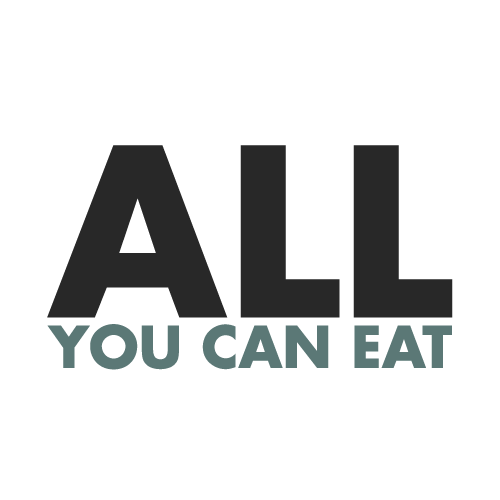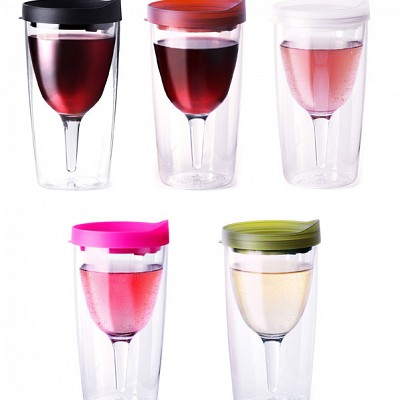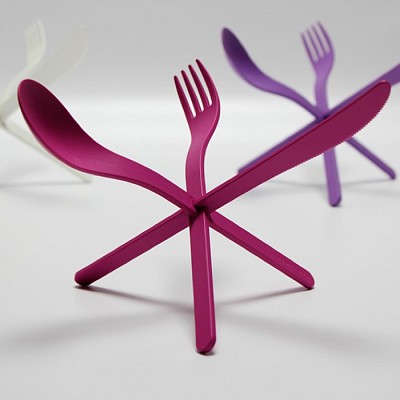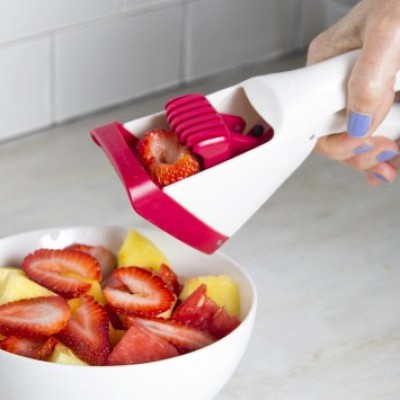Running a commercial kitchen can be intense, and when the rush hits, a cramped or poorly designed kitchen layout can turn chaos into more chaos. Time wasted, ingredients lost, and those pesky higher energy bills can add up fast and hit your bottom line and your team's morale.
But imagine this: a properly designed kitchen where ingredients are at your fingertips, workstations flow, and there's space to move. Suddenly, waste disappears, efficiency soars, and the day feels doable.
In this post, we'll look at how properly designed commercial kitchen layouts can help you reduce waste and increase efficiency. We'll cover everything from assembly line layout, zone-style layout, and galley kitchen designs. These practical restaurant kitchen layout ideas are designed to maximize your space, improve workflow, and meet food safety regulations.
Have you ever seen unique kitchen layouts on social media and wondered how such design choices are made? They have so much to teach us! As someone who's spent time in busy kitchens, I know how the right setup can transform your workday.
Let's explore some smart layout ideas that could make your kitchen team's life easier – and maybe even more enjoyable!
Commercial Kitchen Layout and Waste Reduction
A good commercial kitchen layout is key to reducing waste and increasing efficiency. By designing your kitchen well, you can reduce food and resource waste, increase energy efficiency, and encourage good waste management practices.
Here's how it works:
- Minimising Food and Resource Waste: A well-designed restaurant kitchen layout organizes food preparation areas so everything is at your fingertips. So your team can cook with less waste. No one wants to see good ingredients go to waste!
- Energy Efficiency: Placing cooking and cold storage equipment can make a difference. Take the assembly line kitchen layout, for example: reducing the distance between food prep stations and cooking areas saves energy and improves appliance performance. Waste as appliances can work more efficiently.
- Waste Management Practices: Including waste disposal stations in your kitchen layout makes recycling and disposal easy for staff. This creates a cleaner, more sustainable kitchen and helps you meet food safety regulations.
How Kitchen Layout Impacts Operational Efficiency
An efficient restaurant kitchen layout has a big impact on how everything runs. A well-designed commercial kitchen layout can streamline tasks, reduce unnecessary movement, and increase productivity.
Here's how different parts of the kitchen layout play into operational efficiency:
- Reducing Movement and Bottlenecks: A good kitchen layout minimizes the distance staff travels between food prep stations, cooking areas, and storage. This simple fix can prevent frustrating bottlenecks during the busiest times. When everything is organized, and at your fingertips, your team can cook and serve instead of navigating through a chaotic kitchen.
- Workflow for Key Tasks: A well-designed restaurant kitchen layout brings related tasks together. For example, the baking station near the food prep station and cooking equipment means less back-and-forth. This efficient workflow allows staff to get tasks done quickly and easily.
- Staff Productivity: When your kitchen has an efficient layout, your staff can get into their stride. Plenty of counter space, easy access to food equipment, and organized food storage means less time searching for tools or ingredients. This increases productivity and job satisfaction—staff feel more organized and in control in their cooking area.
You can increase productivity and make commercial kitchens smoother by designing for efficiency.
Commercial Kitchen Layouts and Their Benefits
Choosing the right layout for a commercial kitchen is crucial if you want everything to run smoothly and efficiently. Each layout has its benefits that will help your team cook easy meals. Let's look at some popular commercial kitchen layouts and see how they can make a difference.
Assembly Line Kitchen Layout
This is perfect for quick-service restaurants or food trucks. With an assembly-line layout, each step of the cooking process is lined up—from food preparation to cooking to serving. This layout means your staff can work fast and efficiently, and meals are cooked and served hot.
Island Kitchen Layout
The island kitchen layout could be yours if you have a larger kitchen. Imagine a central island with cooking stations like a gas range and oven surrounded by food prep and plating areas. This layout means your head chef can see everything in the kitchen, and the team can work together to create high-quality meals.
Zone-Style Kitchen Layout
The structure in the zone-style layout is based on organization. They separate the food preparation area from the cooking area and the storage area. Every single area exists for a reason and helps maintain order and orderliness.
Open Kitchen Layout
An open kitchen layout brings the cooking action right in front of your customers. You'll find this in many modern hotel restaurants and trendy cafes. Diners can see their meals being made, and it's lively.
However, it requires careful commercial kitchen equipment organization to keep everything clean and running smoothly.
Design Tips for a Waste-Free and Efficient Kitchen Space
When designing a commercial kitchen, you must reduce waste and maximize space efficiency. Smart planning and workflow are key to this.
Here are some practical tips to help your kitchen layout work better:
- Workstation Placement: Place food prep and cooking stations in the order of the cooking process—from prep to plate. This minimizes unnecessary movement and increases productivity. It also keeps things tidy, especially in smaller kitchens.
- Ergonomics: Make the kitchen comfortable for your staff. For example, having the right counter height for chopping reduces body strain. It's especially true in high-turnover establishments such as fast-food and hotel-related kitchens.
- Accessibility and Storage: Keep frequently used equipment like fryers and storage coolers at arm's reach. Organizing everything reduces the time staff spends searching for things, so the kitchen runs smoother. It is especially important in small kitchens, food trucks, or events with limited space.
Follow these tips in your commercial kitchen design, and you'll have a commercial kitchen layout that reduces waste and increases space and staff morale.
How to Audit and Improve Your Existing Kitchen Layout
Changing your kitchen layout can smooth operations, reduce waste, and improve workflow. You don't need to do a full redesign—sometimes, small changes can make a big difference.
Here's how to audit and improve your restaurant kitchen layout designs:
- Identify the Pain Points: Take a closer look at areas of your commercial kitchen layout slowing things down. Work out these issues and see where you can improve your kitchen layout.
- Get Staff Feedback: Your team knows the kitchen inside out. Ask them where they struggle—cramped prep tables, a lack of storage, or obstacles in the assembly line. It would be extremely helpful if they could share input on their food prep practice.
- Practical Changes: Now you have all that feedback, it's time to make some changes. Reposition the food prep station or adjust the service flow. In small restaurant kitchens or food trucks, every inch counts.
The bottom line for a commercial kitchen layout is not the organization of kitchen equipment; it is a great tool for reducing waste and increasing efficiency. Making simple changes to your prep and cooking station and listening to your staff going in will help you avoid many pain points and easy waste.
Small changes make your team all the more productive, save money, and stay focused. However, a well-planned layout doesn't only help your budget or your staff; it's crucial to running a successful restaurant and improving guest experience. Get on board—it's your kitchen's lifeline!






































